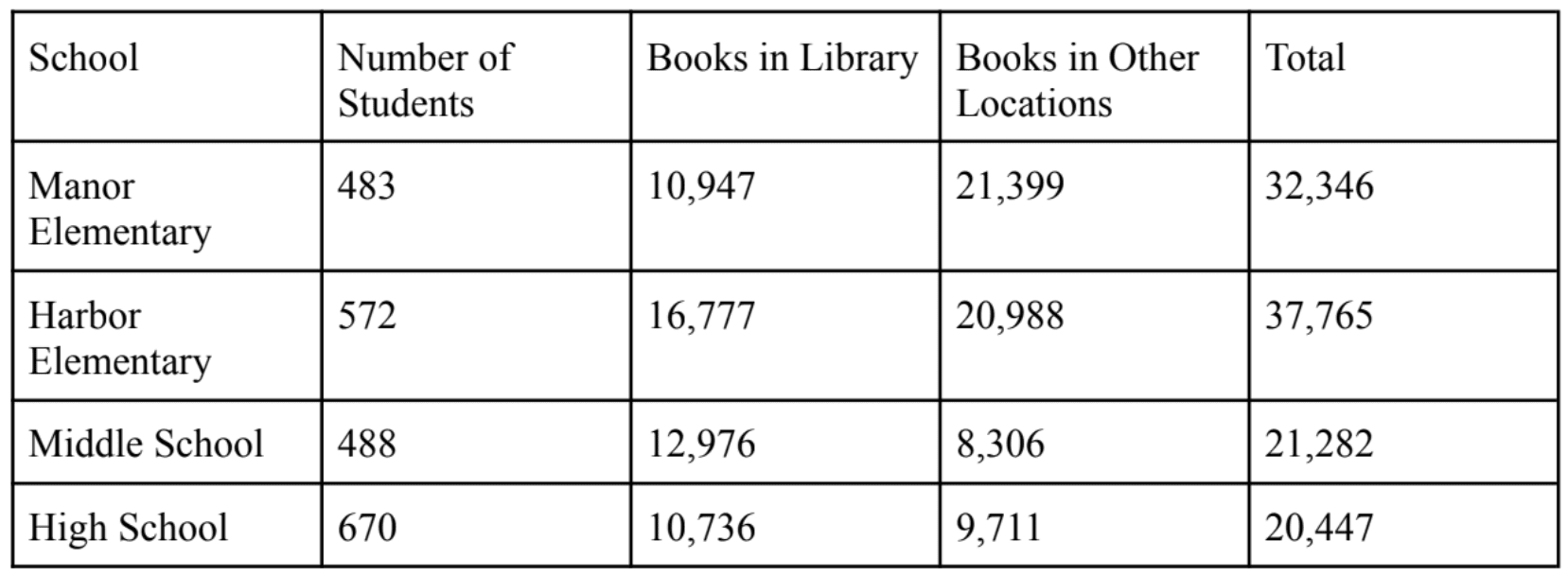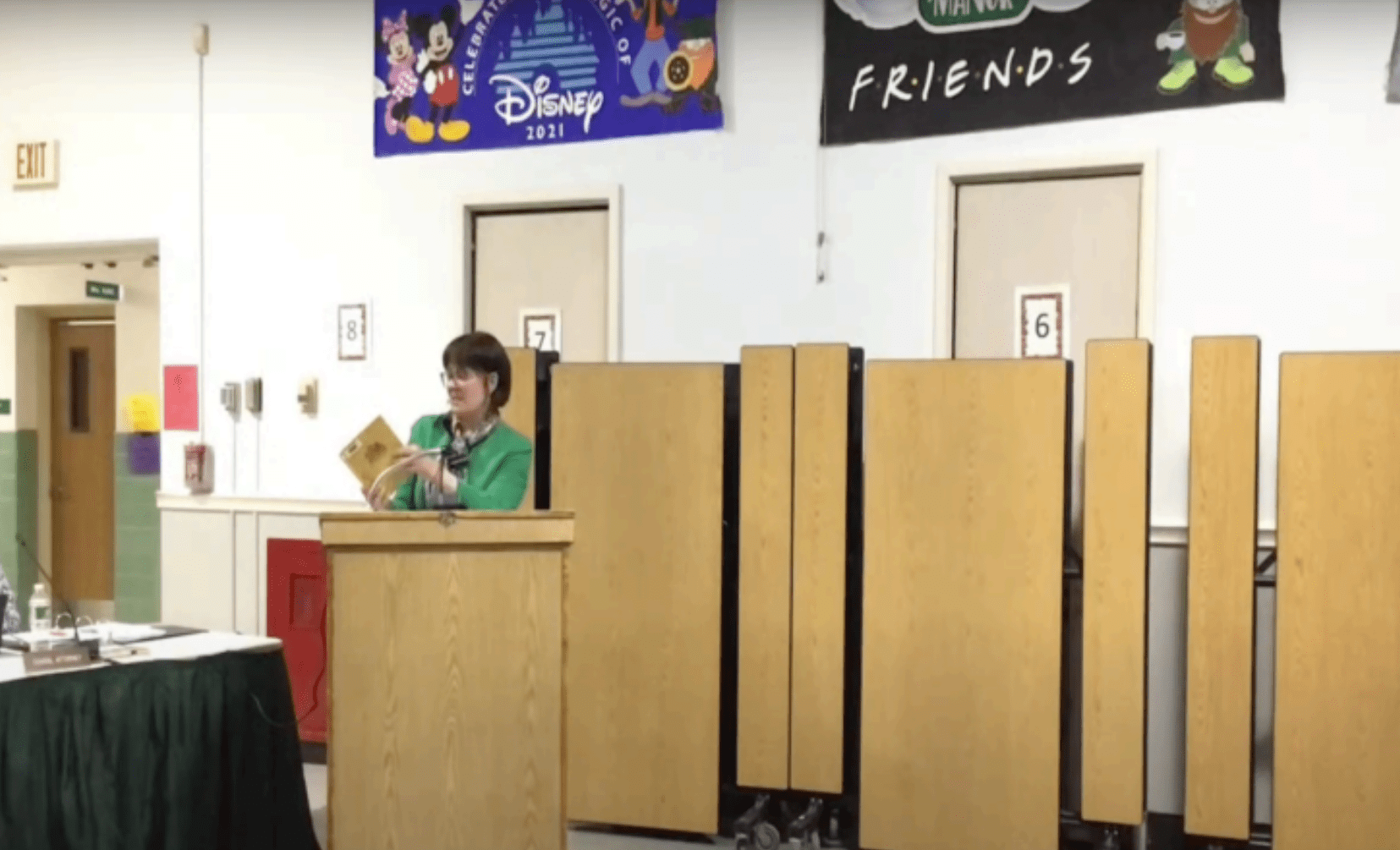By Meredith Muirhead
The Seaford School District recently announced plans to repurpose its elementary school libraries, in part to bring in more technology.
Cindy Schaaf, a retired children’s librarian from the Seaford Public Library, expressed concern over the repurposing of the elementary libraries.
“At the elementary level, the learning comes from the reading,” Schaaf said. “Learn from the books. Don’t worry about all of this innovation and collaboration. Plenty of kids before this grew up with just ‘Junie B. Jones’ and ‘Harry Potter’ in their libraries, and they’ve turned out just fine.”
Schaaf, whose grandchildren all completed the Seaford Harbor School, was known for fostering a love of reading in children during the years she worked at the Seaford Public Library.
Jessica Dispenza, Schaaf’s daughter, is currently a fifth-grade teacher at Harbor Elementary School. She observed the impact of the coronavirus pandemic on elementary students and their reading abilities.
“Lots of these kids barely know how to read,” Dispenza said. “I think they need some time with the basics again before we think about renovating the library and putting more computers in.”
In a presentation at the Seaford Board of Education meeting on March 13, Amanda Barney, Seaford’s assistant superintendent for curriculum and assessment, explained the district’s vision for repurposed libraries in its two elementary schools. She noted that the Manor and Harbor schools were the ideal candidates for repurposing, given that the middle and high school libraries were more recently updated.
“Library trends across the country and even here on Long Island are moving from traditional spaces to innovative spaces that support students’ social and emotional learning,” said Barney at the start of her presentation. “The school library will reflect a space that not only houses a collection of books, but also fosters collaboration and creativity within those spaces.”
Through use of research-based methods such as C.R.E.W. (Continuous Review, Evaluation and Weeding) and MUSTIE guidelines (Misleading, Ugly, Superseded, Trivial, Irrelevant, Elsewhere), school library media specialists will carry out maintenance of books.
“The Harbor collection is, well, better maintained than the Manor collection,” said Barney while displaying a chart of the number of books in each of the Seaford schools. “But our grand total of books for each of our buildings is really robust.”

Examples of books that would and would not be kept were passed around at the board meeting. The physical condition, publication date and relevance of content for each book were noted by Barney.
“I like to read,” said a Harbor student at the meeting. “If kids in my grade had learned how, maybe they’d like to read too.”









